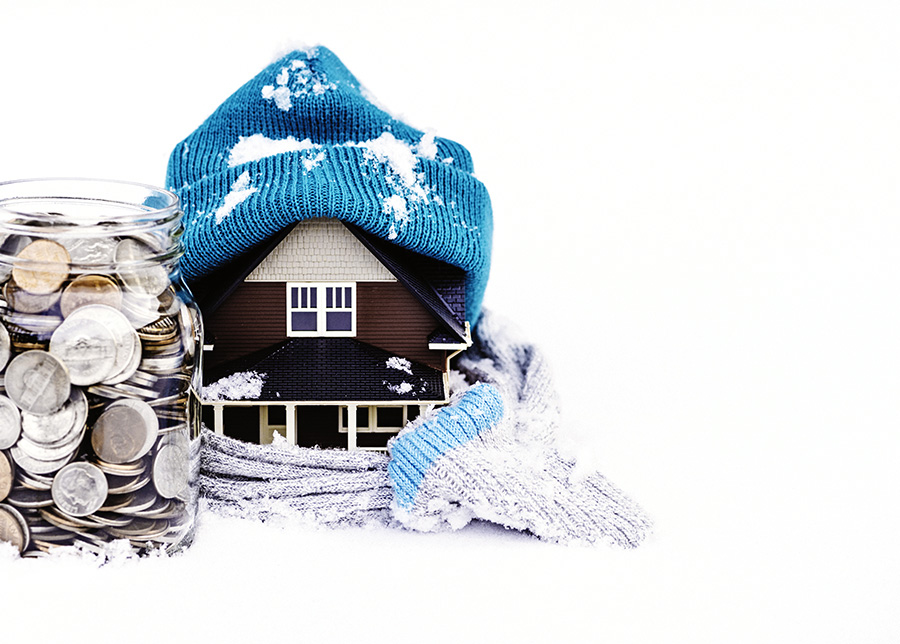Energy costs are a major home expense and they’re on the rise. Frigid weather is around the corner, too, so now is the time to find those energy-wasters and take the necessary steps to correct them.
Fortunately, there are many simple ways to slash your utility bill and they may surprise you. For example, who knew that air leaks can increase your residential electricity bill by as much as 20 percent?! By investing a little money and time, you can dramatically reduce the draftiness and the extra expenses that come with it.
Read on to learn more about weatherstripping your home and other smart ways to weatherproof your home and make it more energy-efficient.
The ins and outs of weatherstripping your home.
Weatherstripping is optimal for sealing the air leaks around doors and windows because it fills in the gaps but still allows for easy opening and closing. Caulking, on the other hand, is a good choice for sealing the immovable components of your home.
- A common weatherstripping material is a tension seal, also known as a ‘V strip’ due to its shape. V strips are durable and cannot be seen when the window or door is closed.
- A door sweep is a type of weatherstripping used exclusively at the bottom of a door. Use a thickness that causes the sweep to press tightly between the door and the door jamb when it’s closed but not so thick that it’s difficult to open the door. It’s also important to consider the type of floor material that’s under the door sweep. Carpet, for example, can wear out quickly if exposed to a door sweep. Automatically retracting door sweeps can save your carpet from the friction and degradation caused by standard models.
- Thresholds are installed on the floor underneath the door, creating a seal when it’s closed. Frost-break thresholds are very effective at keeping the cold out. They are placed under the door and usually have an aluminum or wood exterior, a wood interior, and a door-bottom seam and vinyl threshold replacement.
- Always choose ultra-low VOC caulking, weatherstripping, and/or spray foam in order to prevent toxic fumes from entering your home.
- The Department of Energy offers detailed information about the various types of weatherstripping available and their uses, so visit their website to learn more: https://energy.gov/energysaver/air-sealing-your-home/weatherstripping
Don’t overlook other culprits
While doors and windows are the biggest sources of air leaks, gaps can occur in many other locations throughout your home, including:
- Around built-in light fixtures, particularly on the ceiling
- Around window air conditioners
- Around the chimney
- Around the attic door
- Around plumbing as it enters a room
- Where the wall meets the floor
- Around electrical outlets, switch plates, or other items cut into the wall
For larger holes, spray foam or other insulation may be a better solution.
Consider calling in the professionals
To fully correct the invisible leaks in your home, get a professional inspection. By using specialized equipment, these qualified contractors are able to get a complete, accurate picture of precisely where your home is losing energy.
Sometimes, the smallest things can have the biggest impact. That’s particularly true when it comes to sealing the leaks and holes in your home. Looking for more guidance? The professionals at Certified Title are here to help. Please reach out to us anytime.
About Certified Title Corporation: Since 1994, attorney-owned Certified Title Corporation has been furnishing residential and commercial real estate stakeholders across the nation with robust title insurance, settlement, and escrow services. Renowned for their industry-leading reliability and exemplary level of service and quality, the Maryland-based company helps clients from all walks of life achieve their asset goals. To learn more, call (888)486-5511 or visit https://www.certifiedtitlecorp.com/.


